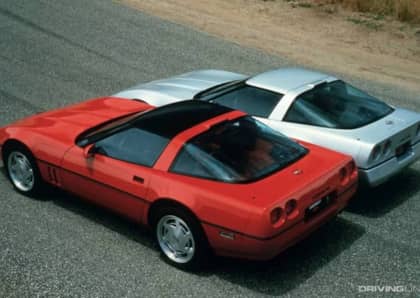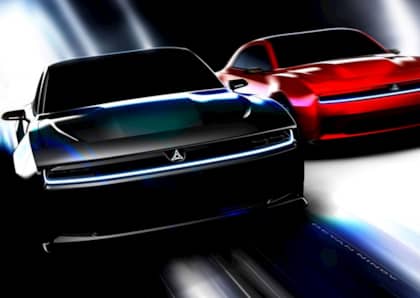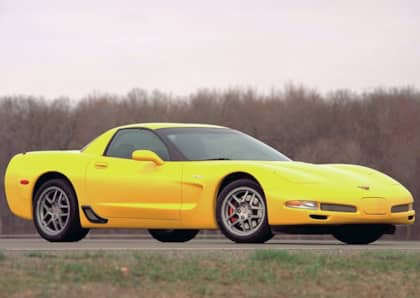The End of "Import vs. Domestic": How Fresh Influences, Blending Styles & New Perspectives Have Changed Car Culture
Looking at car culture in the year 2023, there are any number one could complain about or take issue with.
Where to start? There’s ever-increasing prices of enthusiast vehicles and the way formerly inexpensive vehicles are now treated as collector assets.
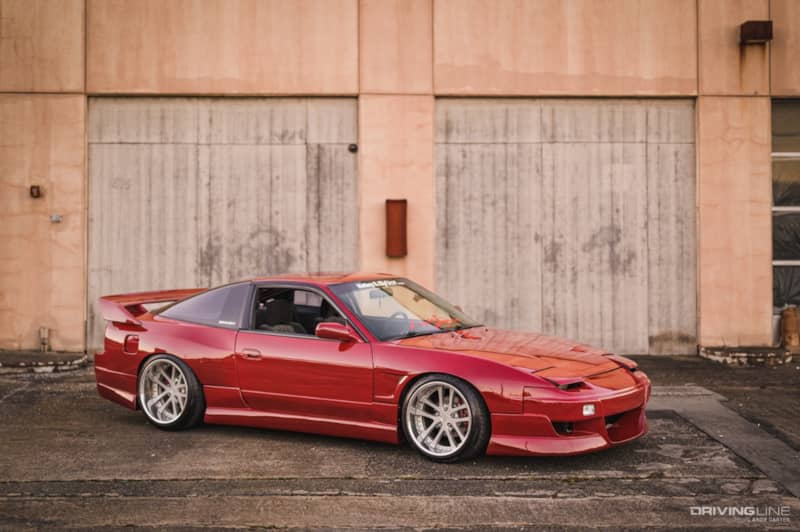
There’s the issue of sideshows and lawlessness that’s started to give law-abiding enthusiasts a bad name in many parts of the country. There’s the overwhelming impact of social media and the clout-seeking attitude that comes with it. I could go on.
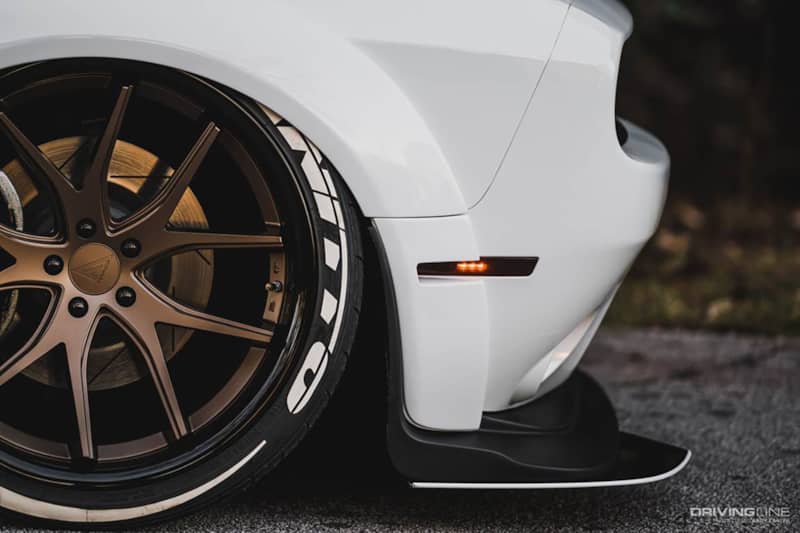
But there’s also lots of good things going on. And as someone who has been involved in many sides of the enthusiast community over the last 20+ years. one of the biggest changes I’ve noticed during this time is the end of the “import vs domestic” mentality that was once commonplace.
Shifting Perspectives
Let’s take a trip back in time. When I got my drivers license in the summer 2001, we were at the height of the so-called “tuner” era. This was back when Civics and Integras with bright colors and aggressive body kits were the norm and when Altezza taillights were flying off shelves..
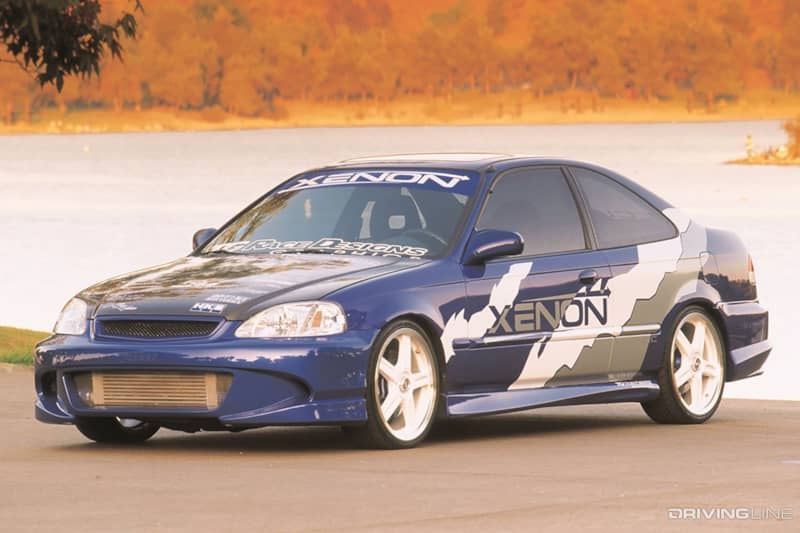
It was that year when The Fast and the Furious arrived as street racing/crime film with at least some basis in reality. Not the bombastic, money-printing, never-ending action franchise we know today. And though Toretto’s Charger got plenty of screen time, the movie was primarily associated with the LA import scene.
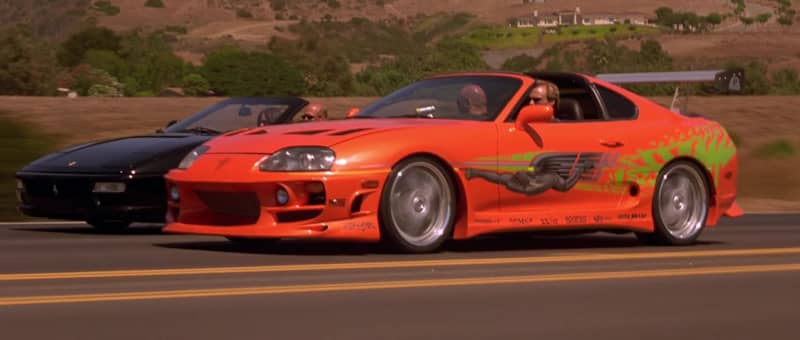
And over on the “Domestic” side, it was about the 5.0 Mustang, the hot new LS1-powered F-bodies and Corvettes, and of course the eternally popular ‘60s and ‘70s muscle cars.
There were some enthusiasts who enjoyed and appreciated both, but generally these two sides didn’t really see eye-to-eye. If you were an import fan, you may have trash-talked the V8 American stuff as barbaric, outdated and unoriginal.
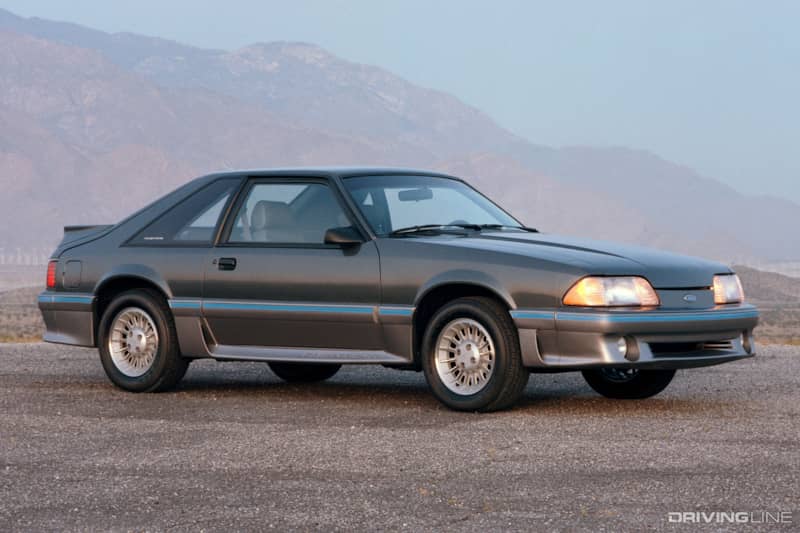
The V8 guys, meanwhile, usually saw the imports as econo-cars cosplaying as racers. If you were around back then, you probably remember the term “ricer” and all of the pre-social media memes and jokes that came with it.
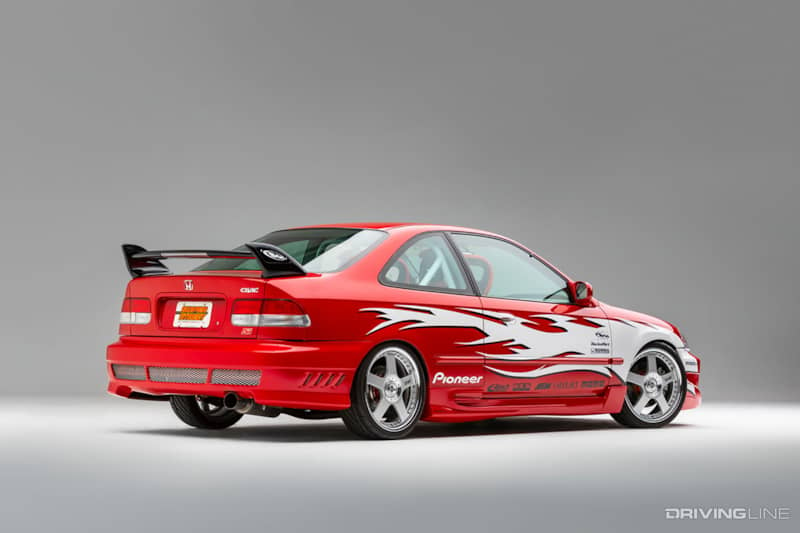
There were also the Euro guys of course. And in most cases, those “stuck up” BMW and Porsche owners that didn’t want much to do with either a V8 Camaro or a modified Civic.
A lot of it was just light-hearted ribbing, but the fact is, there really wasn’t much crossover between the groups. A Mustang owner usually wouldn’t be caught dead in a Honda and vice versa.
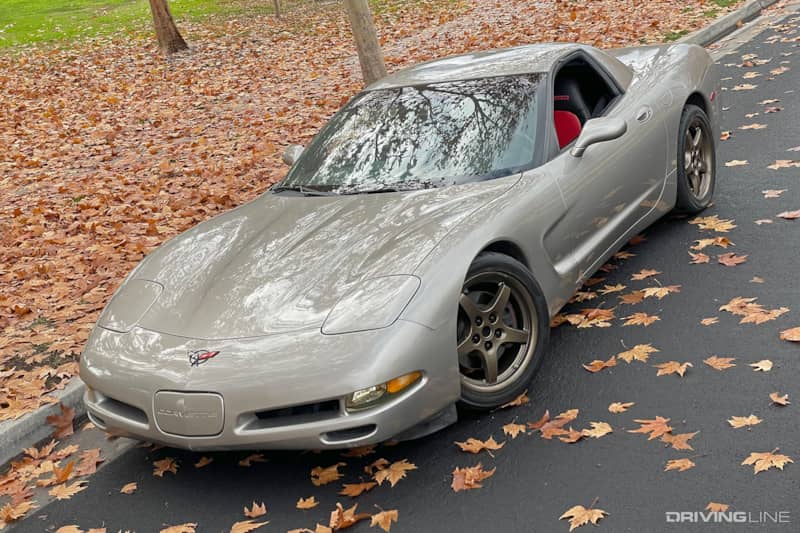
But at some point things began to shift. And while there’s some small pockets of tribalism, today the “import vs domestic” conflict has largely disappeared from American car culture.
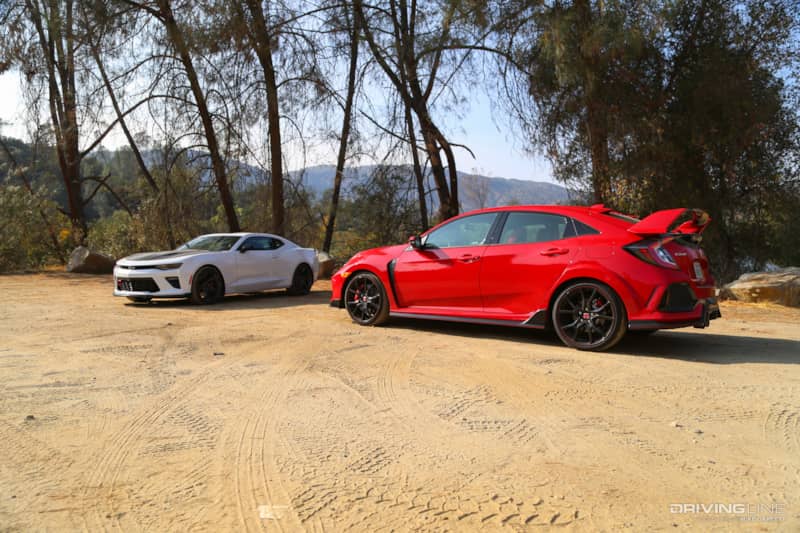
But what made us move past that mindset? Is it the growth of social media? Changes in the cars themselves? Or something else completely. I’ve got a few theories.
Global Cars & Better Cars
The first place is to look is the vehicles themselves. From the R35 Nissan GT-R to the Toyota 86 to the Civic Type R and so many more — we’ve seen seen some truly great Japanese imports make their way to America over the last 20 years.
These cars carry universal enthusiast appeal and undeniable performance capability and fun. One need not be a tuner fanboy or JDM maniac to appreciate what these cars bring to the table.
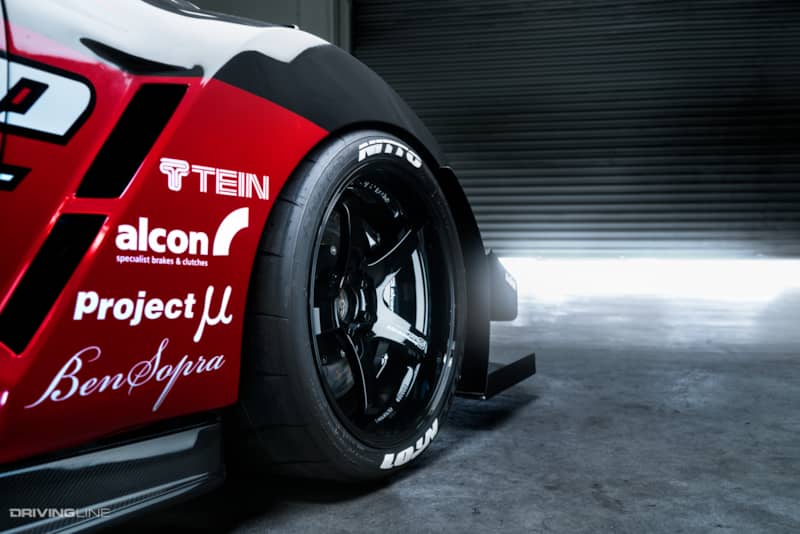
Likewise, the Domestic performance cars have also only got better. The Camaro and Mustang got massive power increases, independent rear suspension and huge improvements in refinement. The Corvette evolved into a mid-engined supercar. Dodge started building Hellcats.
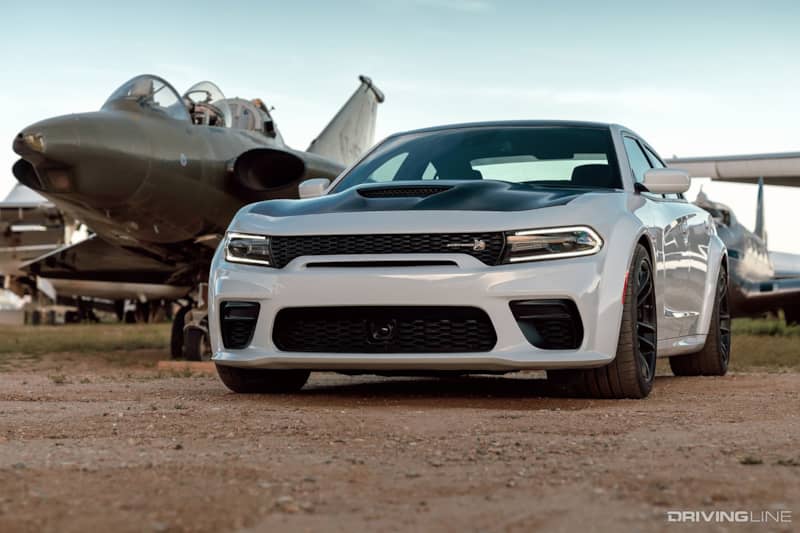
Then are the cars that blended it all together. Vehicles like the Ford Focus RS, the fire-breathing hot hatch which was developed in Europe, built in Germany but sold alongside the American-as-apple-pie Mustang and F-150. Is it a domestic? An import? Does it even matter?
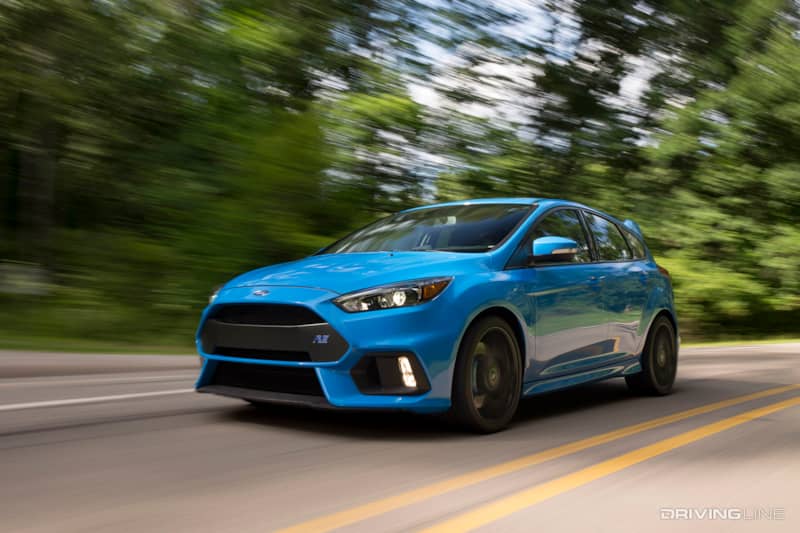
How about that “JDM” tuner icon Toyota Supra, made famous in the aforementioned original The Fast and the Furious movie? Well, you surely know the new one is built by BMW.
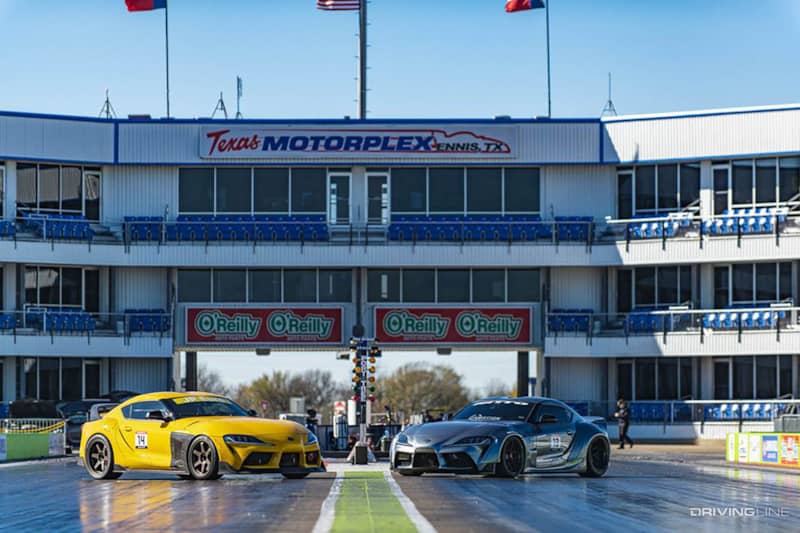
What about Tesla and the growing enthusiast scene that surrounds its cars? The company is every bit as American as Ford and GM, even if its tech-geek image is as far-removed from a V8 muscle car as it gets. The lines are blurred everywhere.
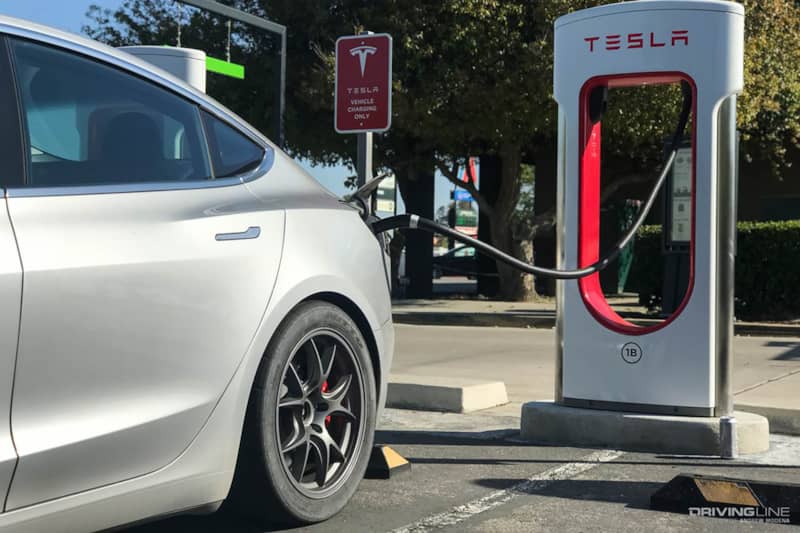
The Growth of Track Days
Another thing that’s contributed to the breaking of these barriers is the explosion in popularity of amateur track days and HPDE events.
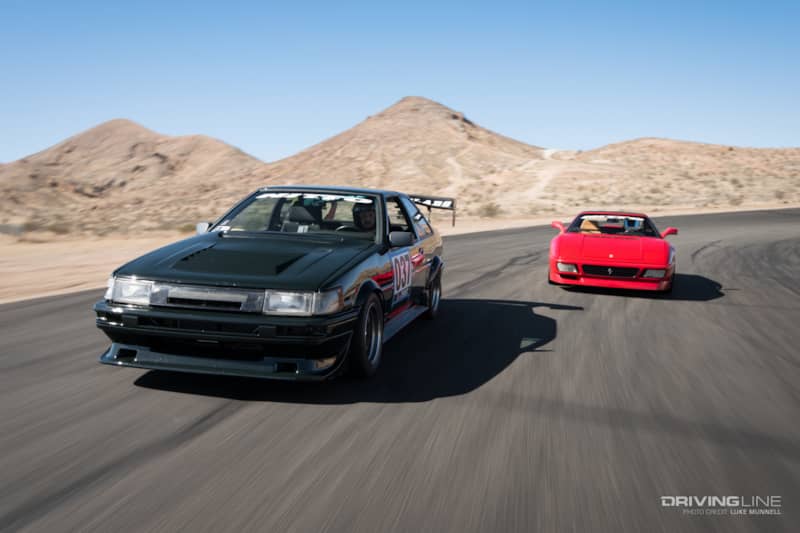
Across the board, it seems that more enthusiasts are tracking their cars than ever. And in my experience the more you get interested in track driving, and the more effort you spend becoming a better driver, the less you feel loyalty to one brand or type of car.
Maybe you started off in an a Mazda Miata and want to move to the next stage? How about a Corvette? If your focus is on cars that are reliable and capable in a track setting, you look at them differently.
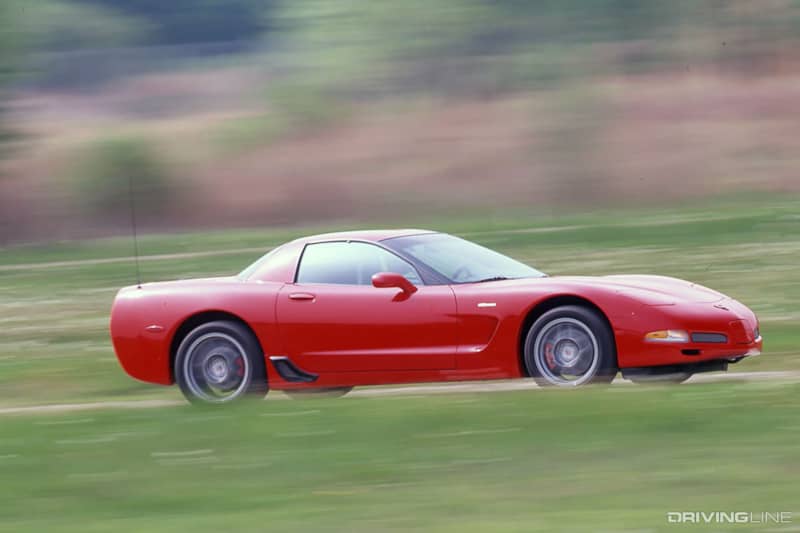
For example, the front-drive Honda Civic might be shunned by many traditional performance car enthusiasts. But as an inexpensive, fun and surprisingly capable car for track days they are simply hard to beat.

The Effect of Drifting
Another factor is the growth of drifting. Though the sport originated in Japan during the '80s and '90s with AE86s, Silvias and other JDM models, it wasn’t until the mid 2000s that it really hit in the USA. And America soon put its own spin on it.

As a prime example of this, look no further than Vaughn Gittin Jr. who early-on established the Ford Mustang as one of quintessential drift platforms for both competitive and casual drivers alike.
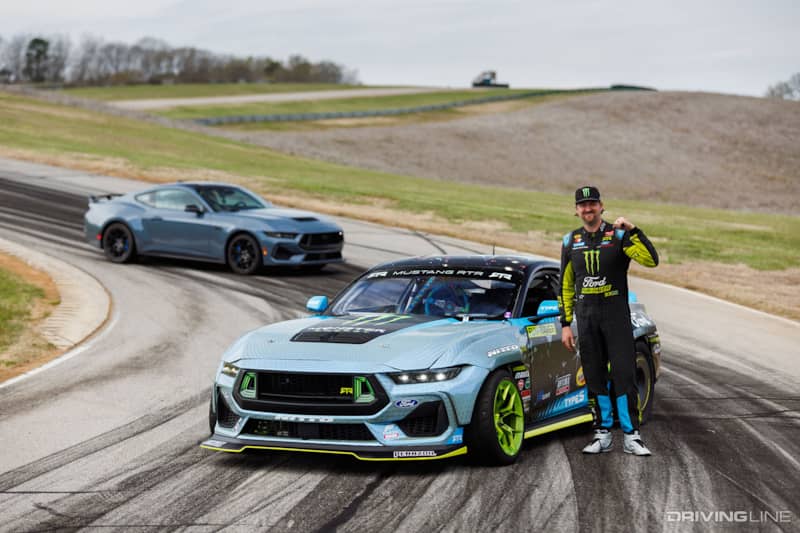
In fact, when Vaughn founded his RTR brand back in 2010 he specifically wanted to bring the tasteful but aggressive Japanese-inspired drift car style to the Mustang. And 13 years later RTR is still going strong.
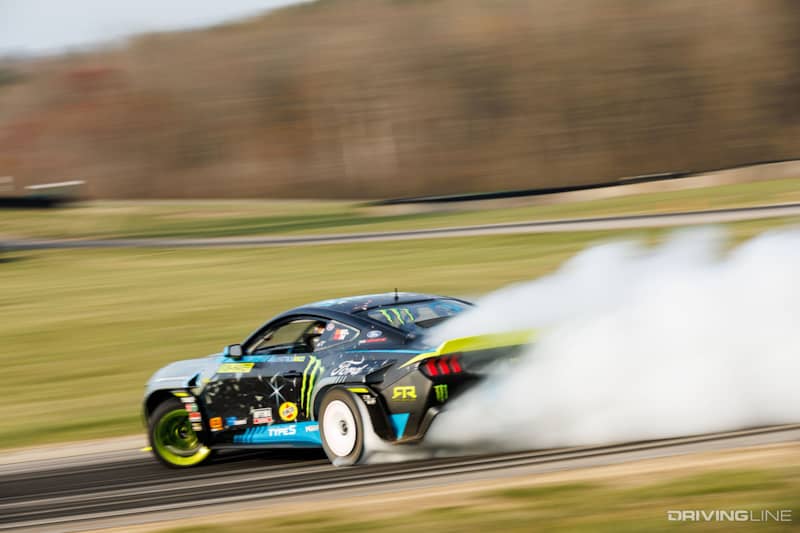
I also can’t go without mentioning the LS swap. Since its debut in the late '90s LS V8 and all of its variants have gone from an engine associated with Corvettes and Camaros to the most popular swap choice of all time.
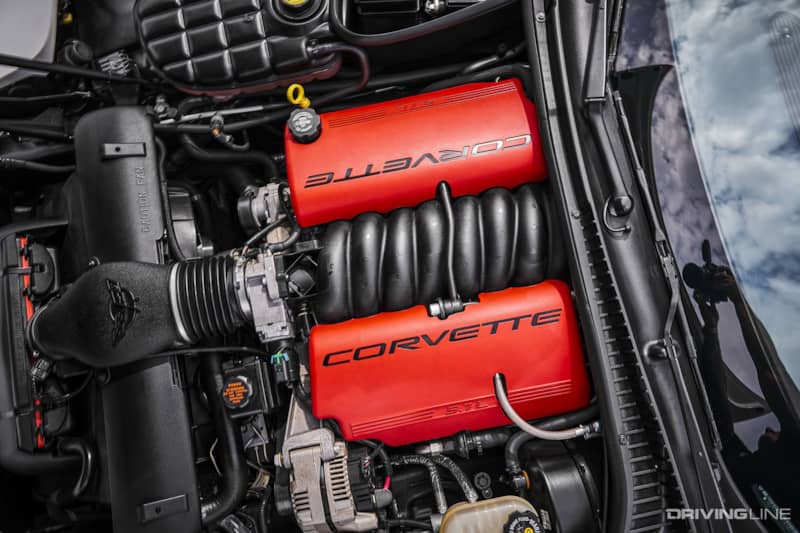
Google search for “LS-swapped (any vehicle of your choice)” and chances are you’ll find one.
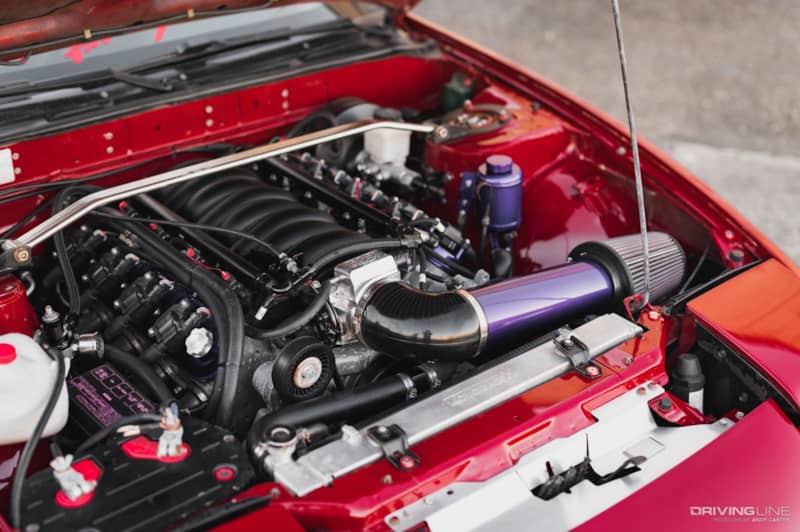
Whether it’s a drift car, race car, street car or anything else— the universal appeal and capability of the LS engine has broken down many barriers across car culture.
The War is Over
And lastly, to go back to those Euro guys for one second for one more example of barriers coming down between be nations, brands and even economic classes. There's RWB, where affluent Porsche 911s from owners across the world line up to have their cars styled by a guy who started off racing, cheap, beat-up (but stylish) AE86s in Japan. Or Liberty Walk, which the global sensation re-imagines high-end exotics with a heavy inspiration from blue-collar Japanese street racers of the 1970s.

While there are plenty of things that might bother someone about the state of today’s car culture, as someone who was raised on a steady diet of American muscle before immersing myself into the world of Japanese car culture, it’s truly been great to see.
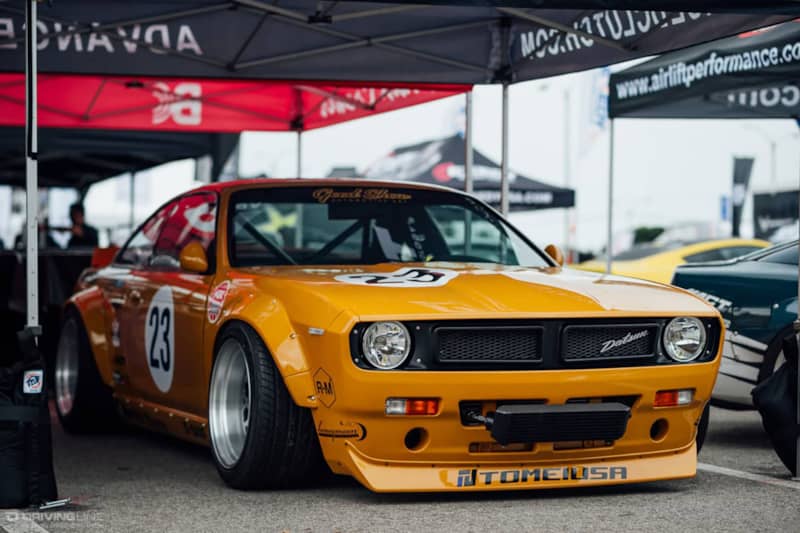
Will there always be some that hold a tribal allegiance to one brand, style, or one part of the world? Of course. And that’s totally their choice.
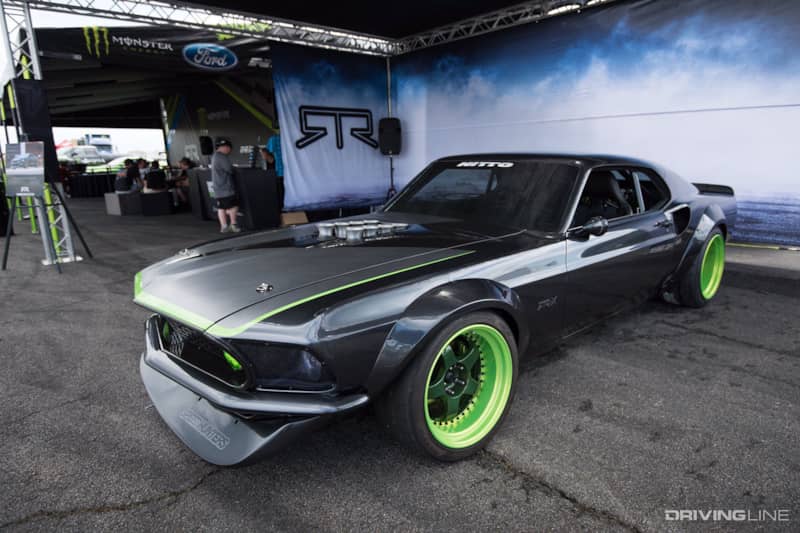
But as more and more enthusiasts have discovered in recent years, those people will only be doing themselves a disservice not to embrace and enjoy the many great flavors of vehicles and car culture from across the planet.
More From Driving Line
- Want more insight on the state of car culture today? Here we dig into the growing appeal of off-roading.





